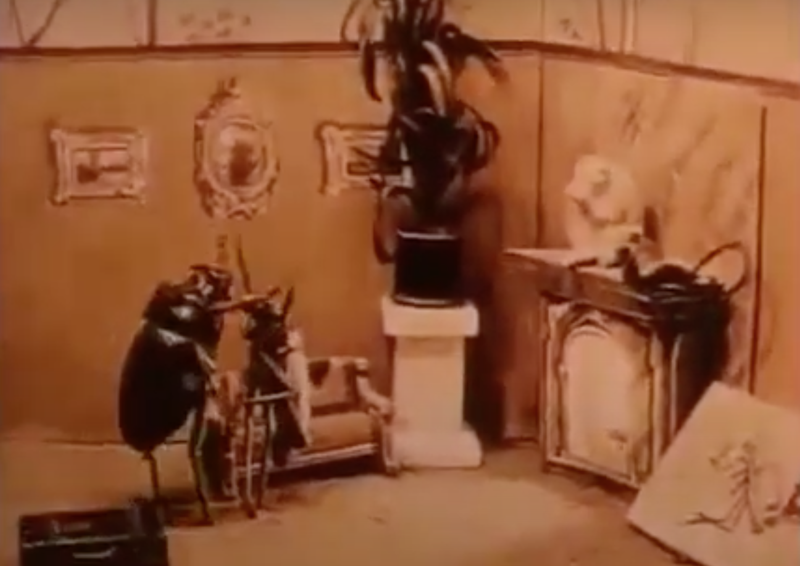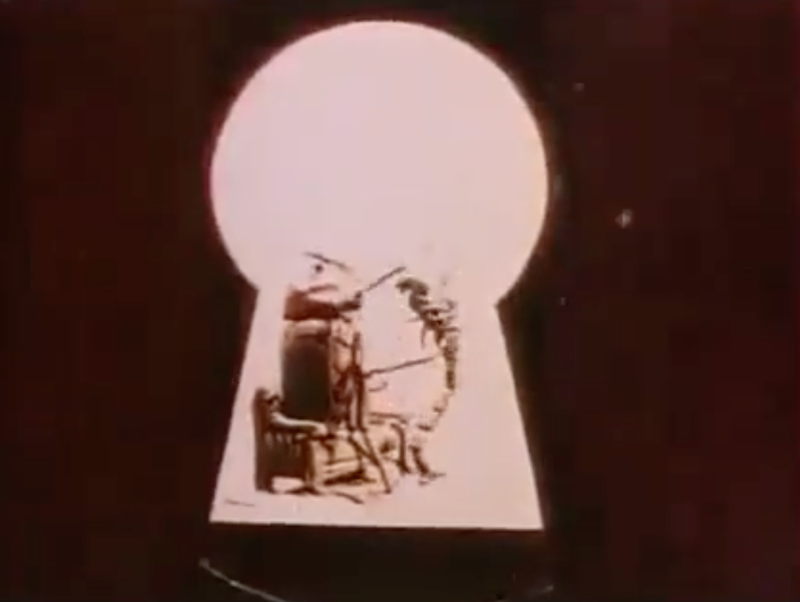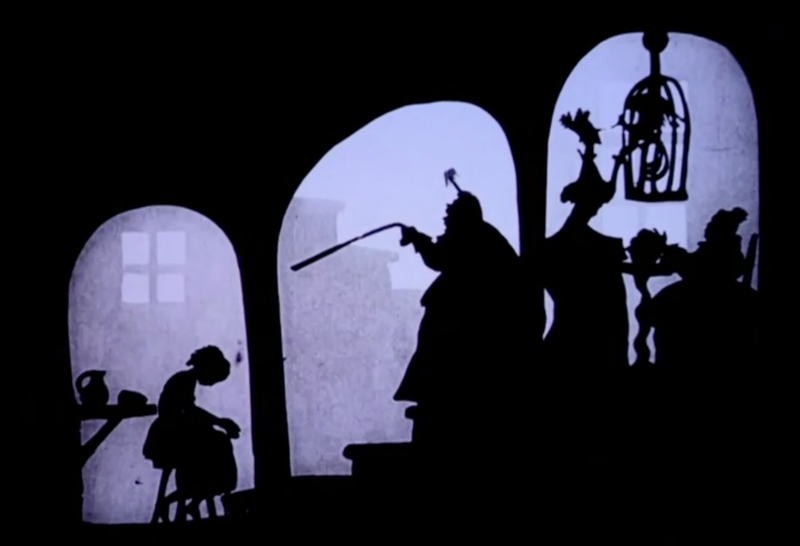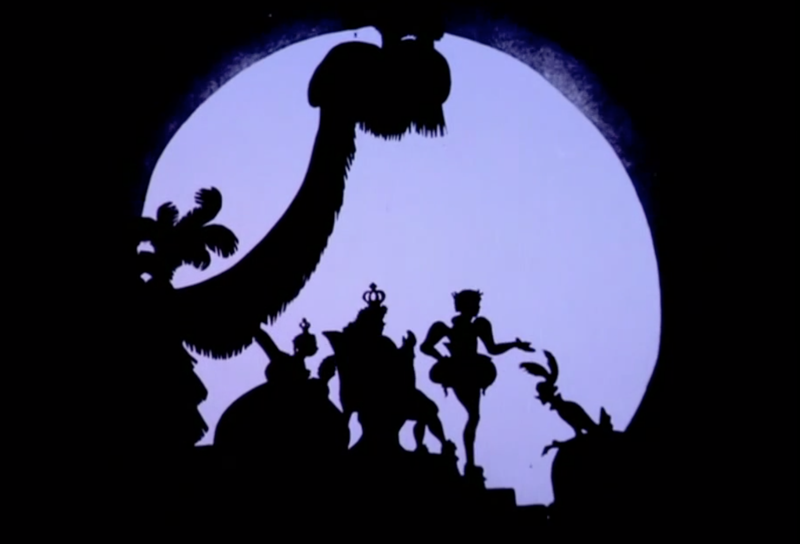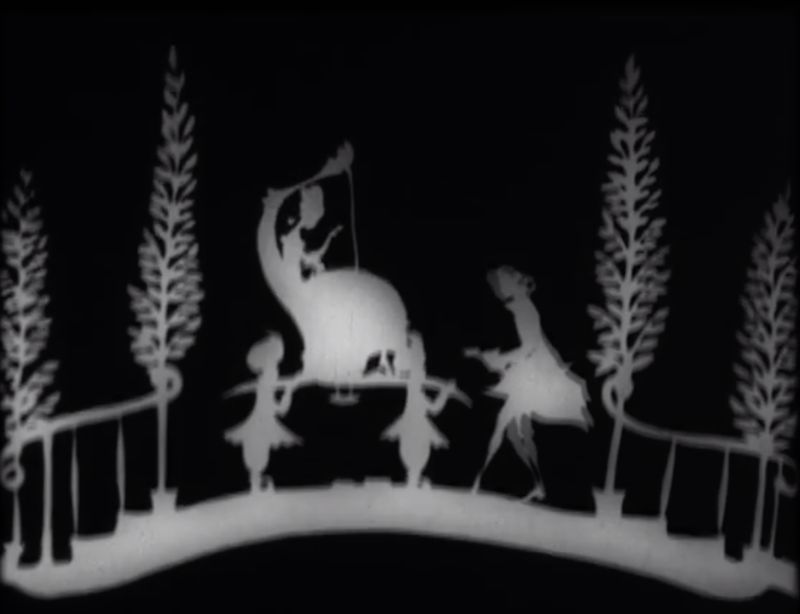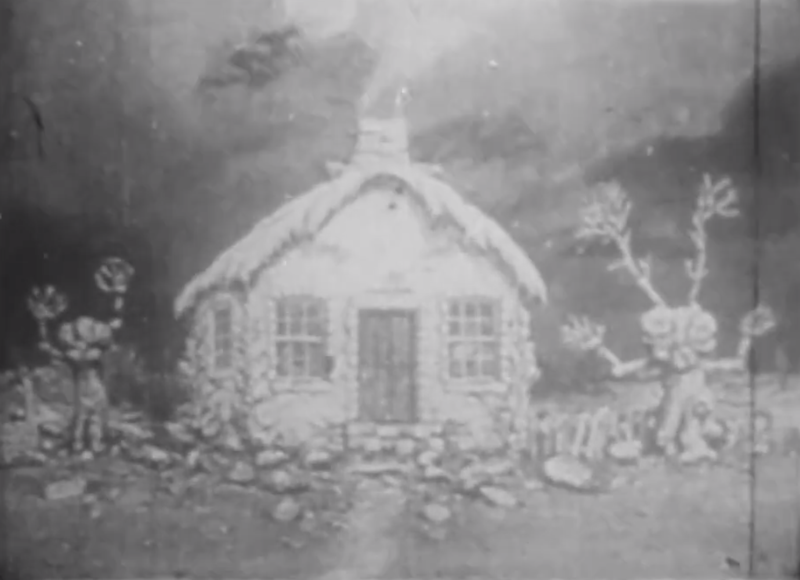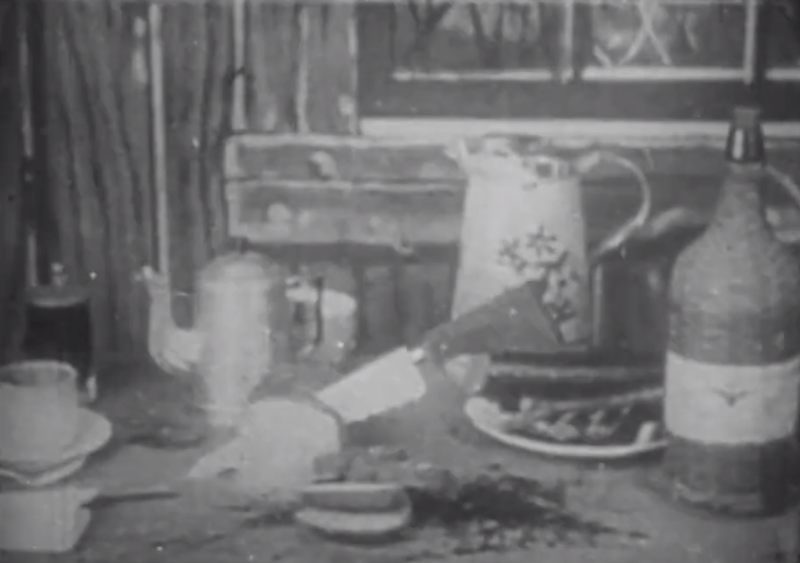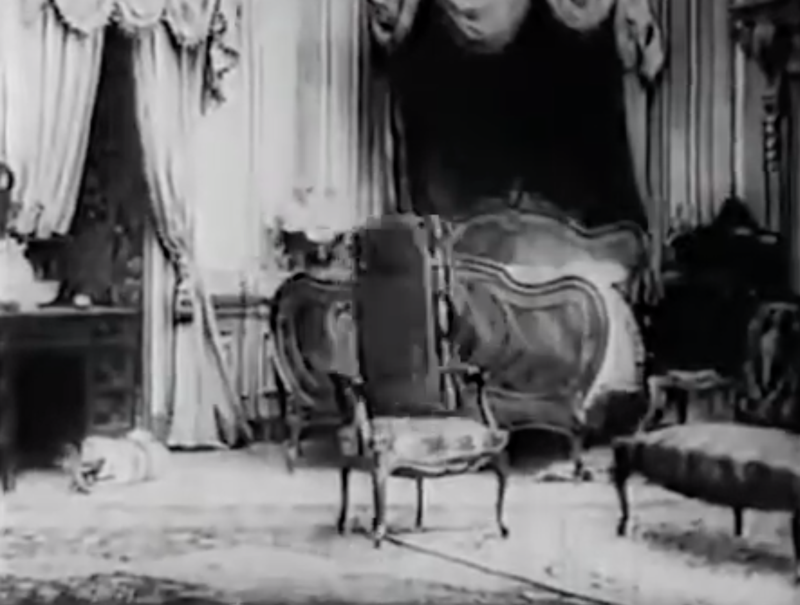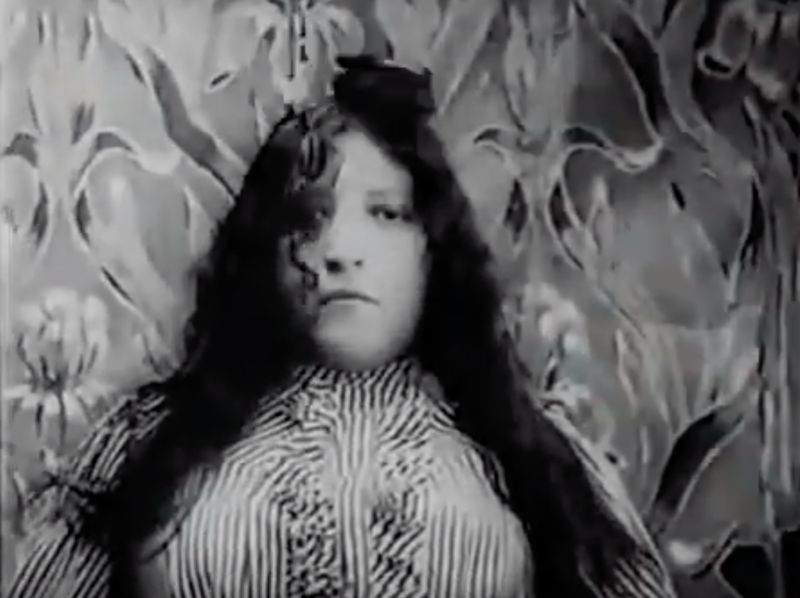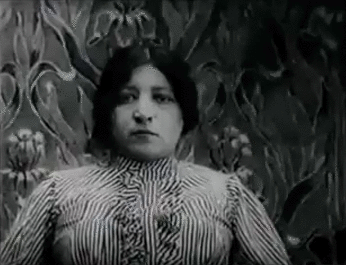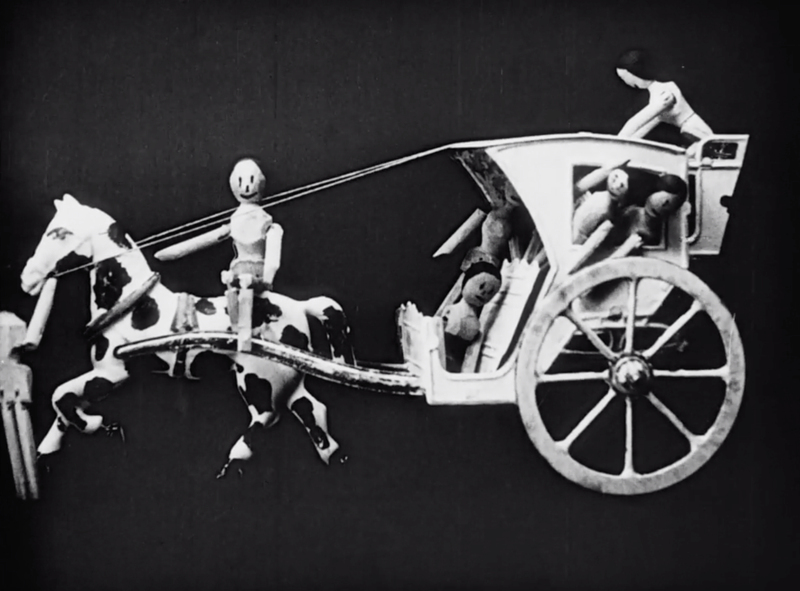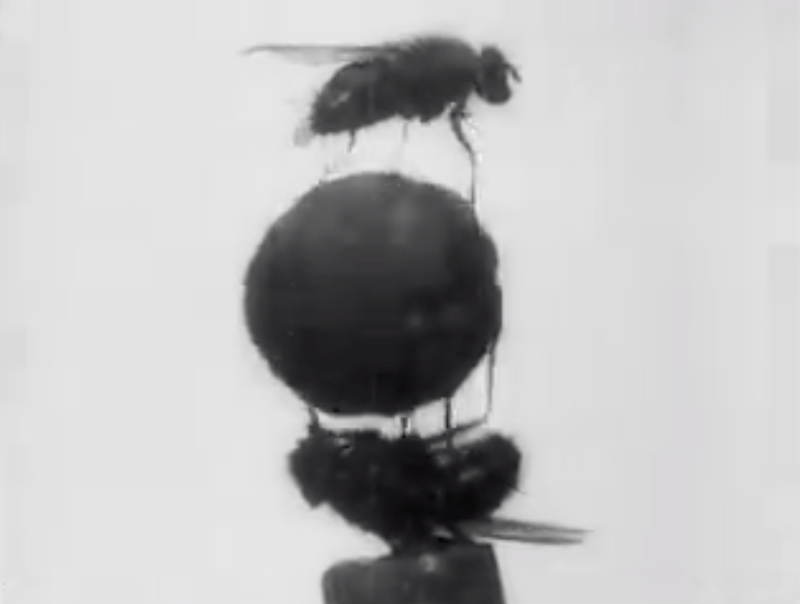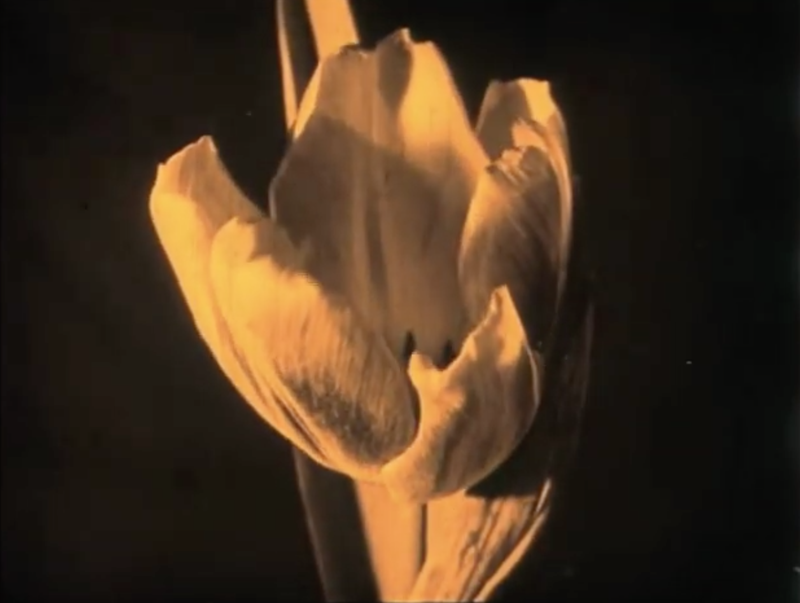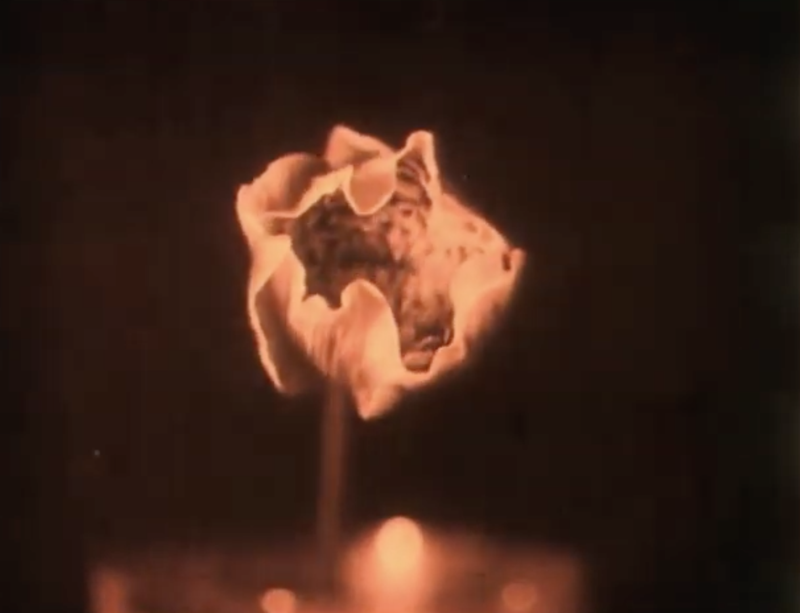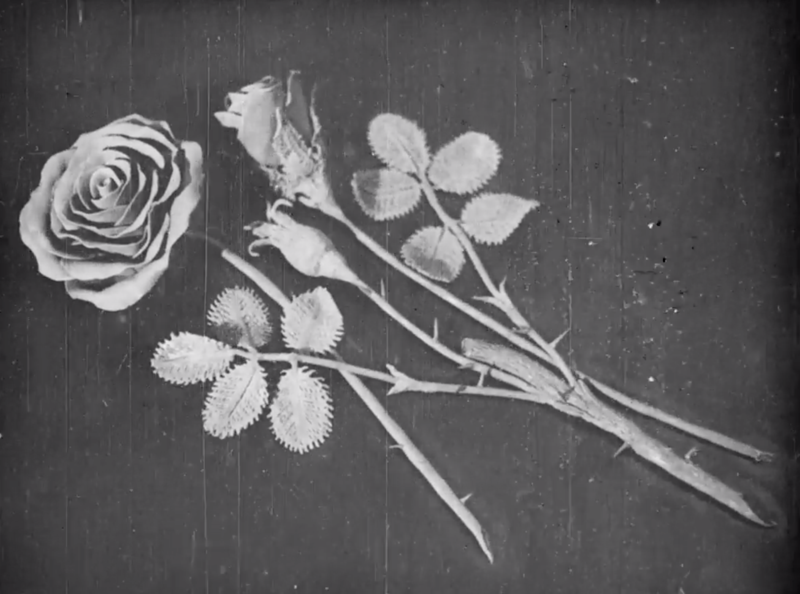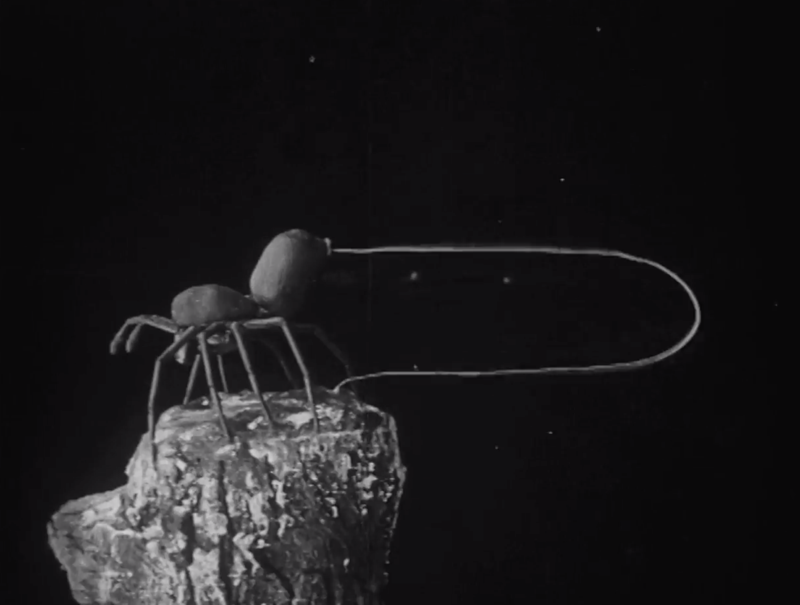Haxan is a 1922 documentary directed by Benjamin Christensen that explores and depicts the history of witchcraft and witch hunts in the middle ages.
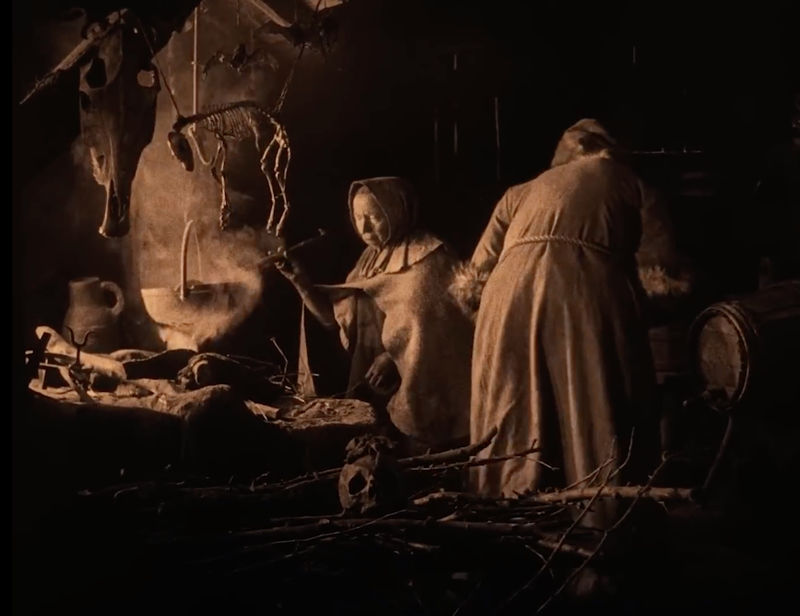
Using various devices such as stills of medieval woodcuts and manuscripts, dramatisations of actual events, recreations of recollections, stop motion animations, and some pretty lurid sex and nudity (by 1920s standards, at least), Haxan isn’t so much a documentary as a near two hour nightmare, surprisingly unsettling in many ways, not least the wholly demented behaviour of the witch-hunting clerics and monks.
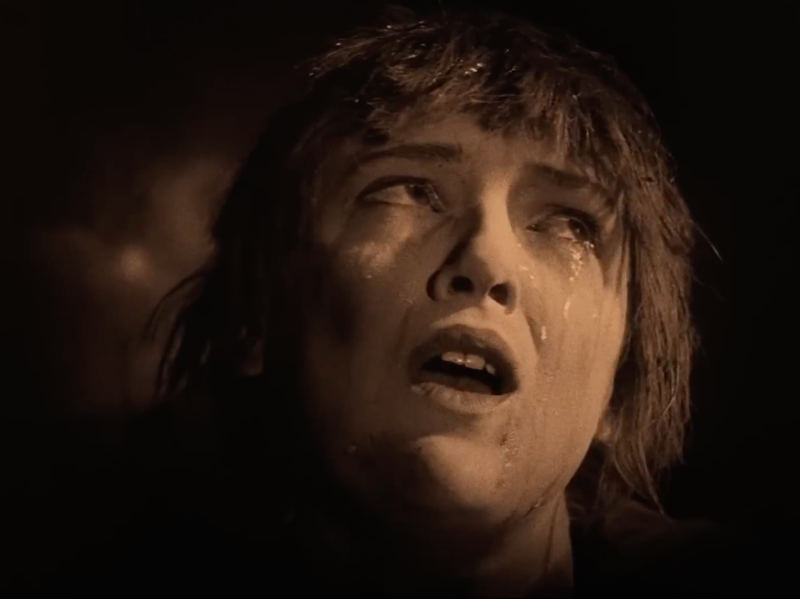
This was banned on release across a lot of Europe, and in America too, just as much for it having the temerity to portray the church as absurdly evil as for its nudity and naughtiness (there’s a wonderful scene of the witches all giving Satan a surprisingly chaste kiss on the arse).
Even a hundred years later there’s still a strange, mesmerising power to its imagery, the ferocity of the performances and the sheer strange delight in some of the black mass scenes that’s kind of unsettling, a weird energy that’s impossible to ignore.
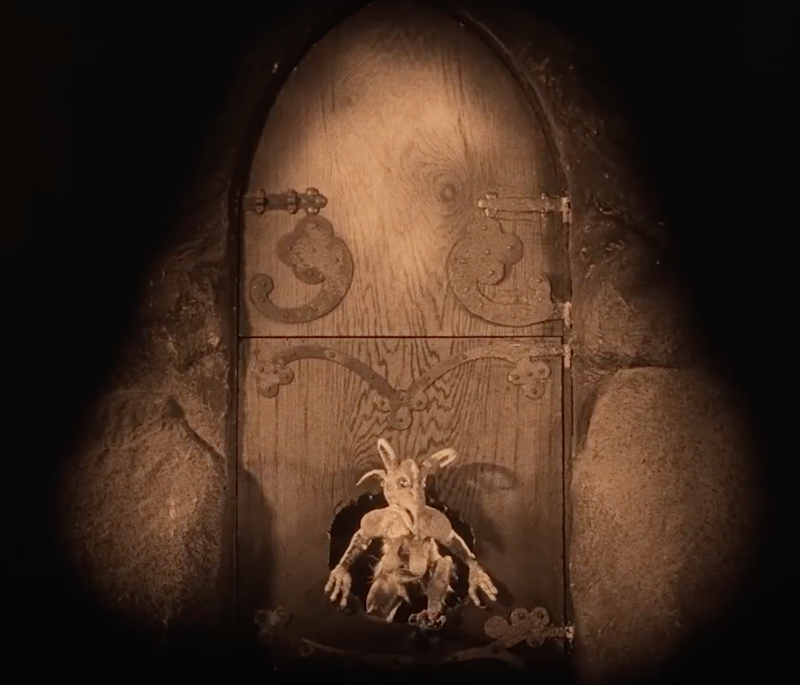
The final section, where it contrasts witch hunt mania to 20th century psychiatric diagnoses of female hysteria, feels startlingly modern, too, after all that’s gone before, and ends the film on a fittingly upsetting note.
___________
Notes
1. I watched this on an old Tartan Video DVD.
2. Which contained two versions – the original 1922 version, with Danish intertitles (basically this youtube version that I took the screenshots from), and various different soundtracks (included what supposedly was the original score from its premiere), and a 1968 American re-edited version called Witchcraft Through The Ages, with a William Burroughs narration and a wonderfully demented 60s jazz soundtrack.
3. I hadn’t seen that version before and it was wonderful, especially the nice stark black and white look, which I like a lot more than the red tinting on the majority of the 1922 version.
4. And William Burroughs has the best voice. He really does.
5. Anyway I’d seen this a couple of times before.
6. Once was the original version on Film Four a few years back.
7. And the other time was about ten years ago in a pub in Chelmsford, where a textless edit of the film was being projected onto a sheet while a very loud band played a live soundtrack to it very loudly.
8. Which was wonderful obviously
9. I have no idea who the band were I’m afraid.
10. They sounded quite a lot like Earth
11. But they were not Earth.
__________
Film Information
Title: Haxan
Director: Benjamin Christensen
Year: 1922
Duration: 1 hour 46 minutes
Watch: youtube; Mark Kermode BFI Intro
